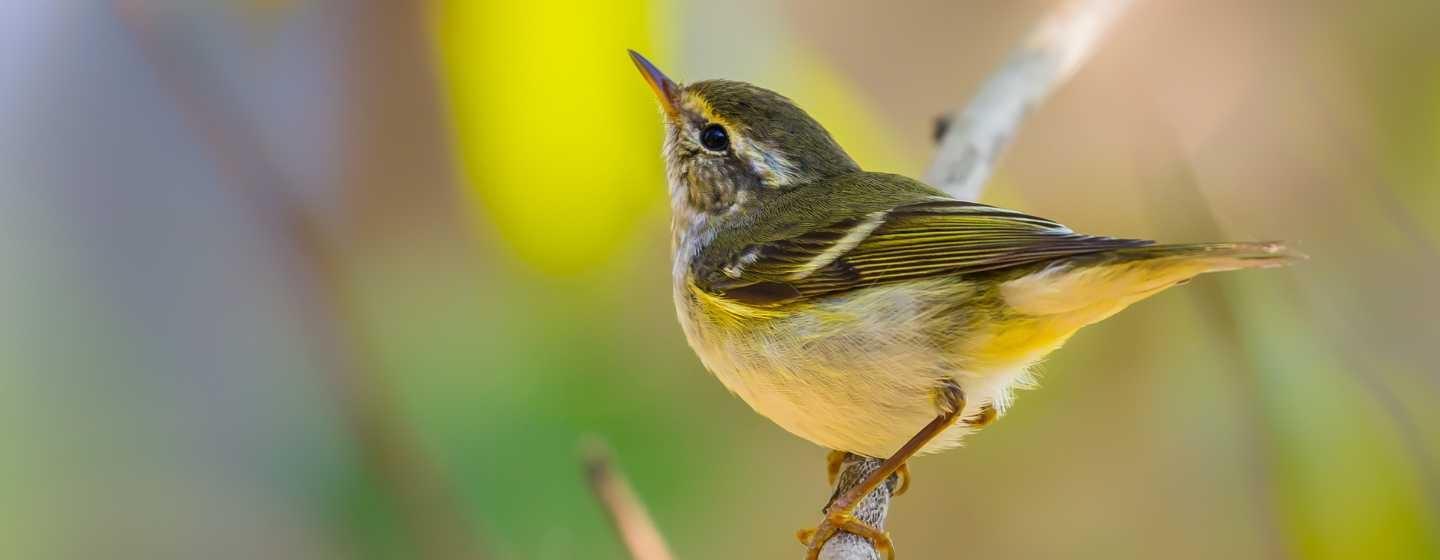U.S. Agency Declares 21 Species Now Extinct


The U.S. Fish and Wildlife Service (FWS) has announced that 21 species once deemed “endangered” by the Endangered Species Act (ESA) are now extinct. Officially, this process is called “delisting species due to extinction.”
Unofficially, you could say the species are dead and never to be seen again.
The agency says it has determined that the species are extinct (based on reviews of the best available science for each species) and should be removed from protection under the ESA.
“Our determination of whether the best available information indicates that a species is extinct included an analysis of the following criterion: detectability of the species, adequacy of survey efforts and the time since last detection,” the agency said in a statement.
Most of the species were listed as endangered under the ESA in the 1970s and 1980s; at the time of the listing, the species were in exceptionally small numbers or extinct.
“My heart breaks over the loss of these 21 species,” said Noah Greenwald, endangered species director at the Center for Biological Diversity. “These plants and animals can never be brought back. We absolutely must do everything we can to avert the loss of even more threads in our web of life.”
The extinct species includes eight birds of Hawaii’s honeycreepers, the bridled white-eye bird, the Little Mariana fruit bat (also known as the Guam flying fox), a one-inch-long Texas fish known as the San Marcos gambusia, nine southeastern mussels, the Scioto Madtom (a catfish found only in one river in Ohio) and the Bachman’s warbler, an insect-eating songbird that called the swamps of the Carolinas its home.
According to Greenwald, “The bird had a ‘buzzy’ song, and the song added to the beauty of the bird, and when combined that added to the magic of North Carolina. We lost a little magic when we lost the species. And what’s really sad is that the Bachman’s warbler was abundant at the turn of the 20thcentury, but by 1950 it was noted as one of the rarest birds in North America.”
Greenwald says the bird’s extinction is largely due to habitat destruction. The swamps where it lived were converted to farmland, and its trees were cut down for logging. Additionally, people used to shoot the birds and collect their feathers for hats.
According to FWS, there have been no officially accepted, documented observations of the Bachman’s warbler in the United States since 1962. The bird was last spotted in Cuba in the 1980s.
The FWS declared 23 other species as extinct in 2021. Greenwald says there are now 650 species that have gone extinct in the U.S. due to a combination of factors, including habitat loss, climate change, pollution and invasive species.
Around the world, 902 species have been documented as extinct. However, the actual number is thought to be much higher because some species have never been formally identified. Also, many scientists warn the earth is in an “extinction crisis” with flora and fauna now disappearing at 1,000 times the historical rate.
While the droughts, wildfires, floods and temperature swings associated with climate change are making species recovery harder, the good news is that it is also changing how scientists are working to save species.
Greenwald adds the focus is no longer on individual species, such as a particular bird. The broader goal now is to preserve their habitat, which can help species of all types to live there. That new focus, combined with the protections afforded by the Endangered Species Act, may help keep more species off the extinction list.